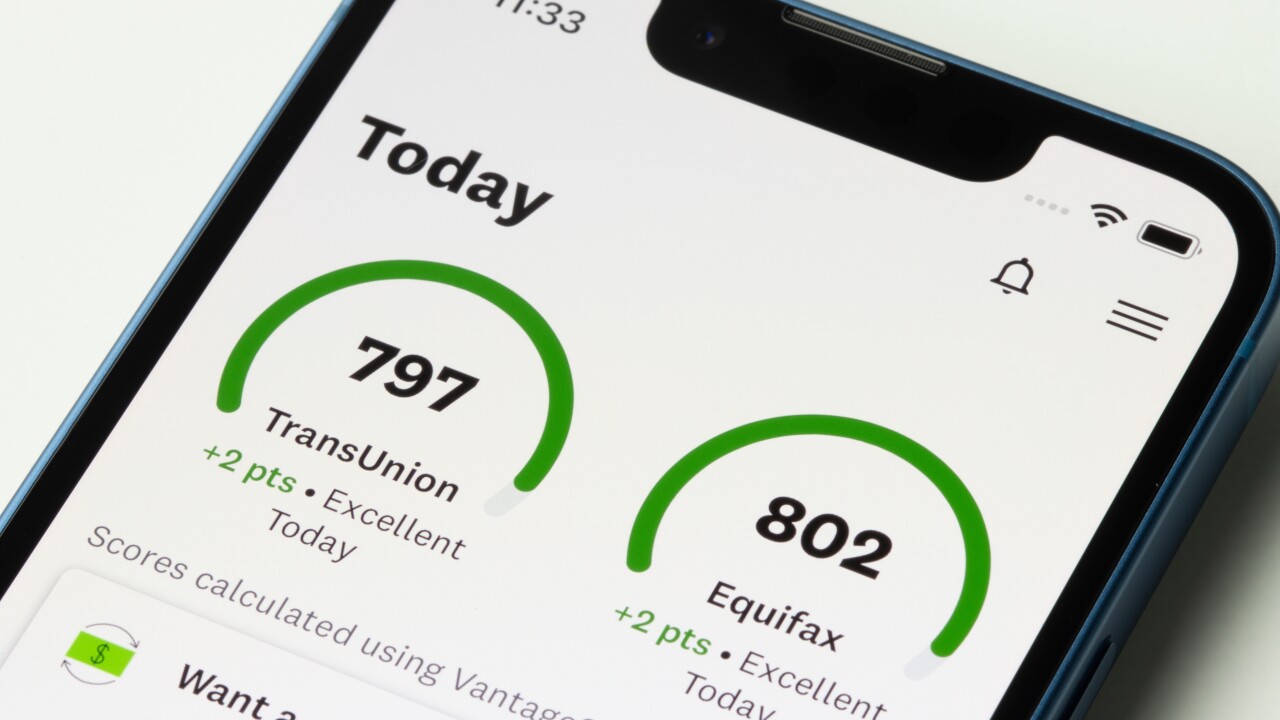
Executives at the recent Mortgage Bankers Association secondary market conference pondered the same question they pondered at each of these shows since 2008: When will a vibrant nonconforming secondary market return?
The lack of consensus, nearly six years after the market collapse, was astonishing.
Some say it could take years, some say it's a matter of quarters. Some think move-up homebuyers in need of jumbo financing could revitalize this market; some say interest yields will have to get juicier. The one common thread is that industry officials clearly remain tentative and uncertain on this issue. Here are five disparate opinions gathered at the annual New York meeting:
ALMOST HERE: Stan Middleman of Freedom Mortgage thinks the market could pick up in 2015. Maybe more toward the end of the year.
"There will be a non-qualified mortgage secondary market when the investor returns are worth the risk," says the CEO of the Mount Laurel, N.J.-based mortgage banker. "They need more interest rate in the notes."
Be it fatter, yields or something else, "we need a catalyst to spark non-QM loans and ignite the appetite of investors," he says. Once that indeterminate spark is lit, "nonconforming loans will start to proliferate."
SOONER RATHER THAN LATER: It will be quarters, not years, before there's a pickup in nonconforming, says Roger Beane, CEO of the valuations company LRES, based in Orange, Calif.
Like Middleman, Beane is looking for something to start a domino effect, without really knowing what it might be. "Once it goes it's going to go but there has to be a first domino," he says. The industry needs "to find a way to find a way" on conforming and nonconforming mortgages, he says.
Beane looks to the home move-up market to provide some nonconforming sparks. Fannie Mae and Freddie Mac business is targeted to entry level and low-mod income borrowers. Lenders could perceive these to be risky (notwithstanding recent steps by Federal Housing Finance Agency director Mel Watt to
LATER RATHER THAN SOONER: Nonconforming currently is "not a vibrant market," notes Wil Armstrong, CEO of Blueberry Systems, a loan origination systems provider in Aurora, Colo. And it won't be vibrant "until there’s clarity about Fannie Mae and Freddie Mac."
Armstrong's timeframe for lawmakers and regulators to resolve the mortgage agency myopia and give nonconforming investors confidence is "longer rather than shorter. Later rather than sooner."
But "people on the fringes" may start to take a risk, providing “embers of some heat in the market,” he says.
JUMBO SHOOTS: The current
"How is the only private market today cheaper than the government's?" asks David Lykken, managing partner of Mortgage Banking Solutions, based in Austin, Texas.
Jumbo mortgages have been cheaper than conventionals since late last year, a highly unusual situation. For the week of May 21, rates on conventionals were averaging 4.33% and jumbos were at 4.24%, according to the MBA.
Lykken interprets this anomaly as a sign of the private market's efficiencies compared to government-backed lending, shining through at a time when the GSEs have been
But there remains a big obstacle. "The question is the GSEs' place and role, the way they can control pricing. Private capital cannot come in if they are not sure of margins."
KICKING THE TIRES: While there may not be a lot of nonconforming mortgages being done right now, investors are at least coming down to the lot and kicking the tires, says an executive of a software provider that works with both the originations and servicing side of the business.
Brian Abbott, director of corporate initiatives for Mortgage Builder, based in Southfield, Mich., has noticed a recent uptick in requests for rate sheets for investors.
From an average of 80-85 requests loaded per day by the vendor, he is now seeing 120-125 in recent weeks. "Some of it is nonconforming," Abbott says. "We’re getting requests from new lenders, new players."
That's encouraging to hear. But for the full-fledged return of a secondary market for nonconforming mortgages, the bottom line remains: Future hazy, try later.
Mark Fogarty, Editor at Large at National Mortgage News, writes analysis and commentary based on his 30 years covering the mortgage industry.





